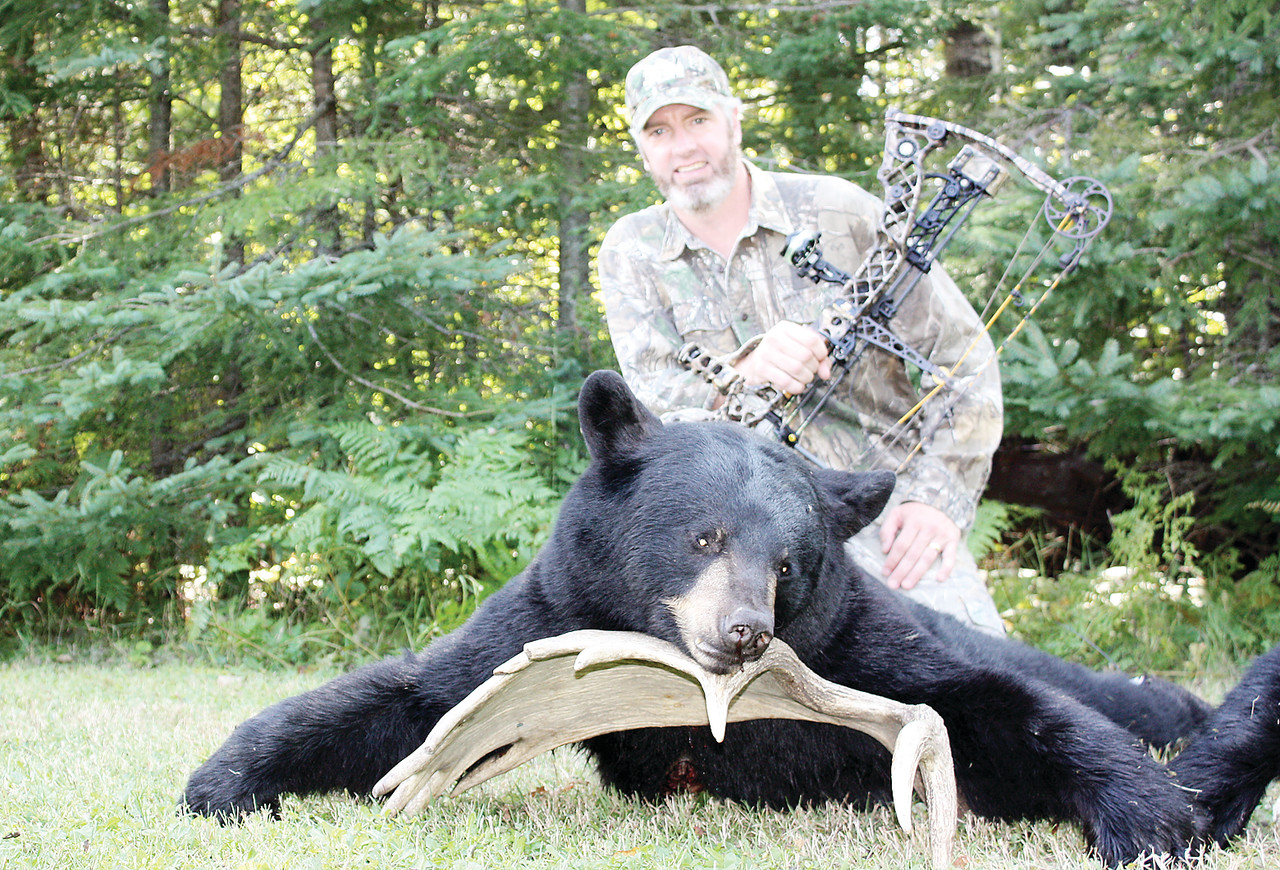Support the Timberjay by making a donation.
Bear hunter success is up
Variable foods helping hunters in northern St. Louis and Lake counties
REGIONAL—Bear hunter success is up over last year, at least through the first two weeks of the 2015 season. “The season started out very well,” said Dennis Udovich, a longtime bear hunting …
This item is available in full to subscribers.
Attention subscribers
To continue reading, you will need to either log in to your subscriber account, or purchase a new subscription.
If you are a current print subscriber, you can set up a free website account and connect your subscription to it by clicking here.
If you are a digital subscriber with an active, online-only subscription then you already have an account here. Just reset your password if you've not yet logged in to your account on this new site.
Otherwise, click here to view your options for subscribing.
Please log in to continue |
Bear hunter success is up
Variable foods helping hunters in northern St. Louis and Lake counties
REGIONAL—Bear hunter success is up over last year, at least through the first two weeks of the 2015 season. “The season started out very well,” said Dennis Udovich, a longtime bear hunting guide in the Greaney area. “We had six bears opening day. The biggest was a 285-pound male.”
While the season, which got underway Sept. 1, began with cool conditions, the first weekend of the season featured warm and unusually humid conditions for September in the North Country, and that did affect hunter success. “The heat did slow the bear activity down,” said Udovich.
As of Sept. 15, hunters had registered 1,462 bears, well above the 1,240 bears registered during the same period last year.
The higher hunter success overall is in line with predictions from DNR wildlife officials. Tower DNR Area Wildlife Manager Tom Rusch said limited food availability is playing a role in hunter success, by making baits more attractive. “That hard June 1 frost had to have wiped out a lot of different foods for us,” said Rusch, who noted that everything from hazelnuts to acorns to wild berries is below average in northern Lake and St. Louis counties— where hunter success has been highest this year.
While the limited food has helped bear hunters, it’s also created a spike in bear complaints as the animals turn to bird feeders, garbage cans, and other human sources of food to fill the gap. “It’s one of the worst years for nuisance complaints in years,” said Rusch.
Rusch urged people with bear problems to eliminate attractants, such as bird or deer feeders, outside dog food bowls, and unsecured household garbage as the best way to reduce nuisance problems. He notes that the DNR no longer traps nuisance bears, so it’s up to home owners to address the problem on their own. That doesn’t mean shooting bears is the answer, he said, since unless homeowners remove the food sources that are attracting bears, other bears are likely to follow in their wake. Besides, homeowners can be ticketed in some cases for shooting bears out of season.
The good news, said Rusch, is that bear numbers appear to be on the increase, which is one of the DNR’s goals. The DNR reduced the number of bear permits to the lowest level ever this year, just 3,700, in an effort to rebuild a bear population that has been whittled down significantly by intense hunting pressure in the recent past.
Population estimates showed the bear population had been cut in half in recent years, from the estimate of nearly 30,000 bears ten to fifteen years ago to 12,000-15,000 more recently. Rusch said the DNR is currently trying to rebuild the population towards a goal of around 20,000 bears.
Udovich said his hunters saw hopeful signs that that’s happening. “We did see many bait sites with sows with cubs, and one sow had four cubs,” he said. While it’s legal to shoot a sow with cubs, Udovich said he prohibits the hunters he guides from doing so.






